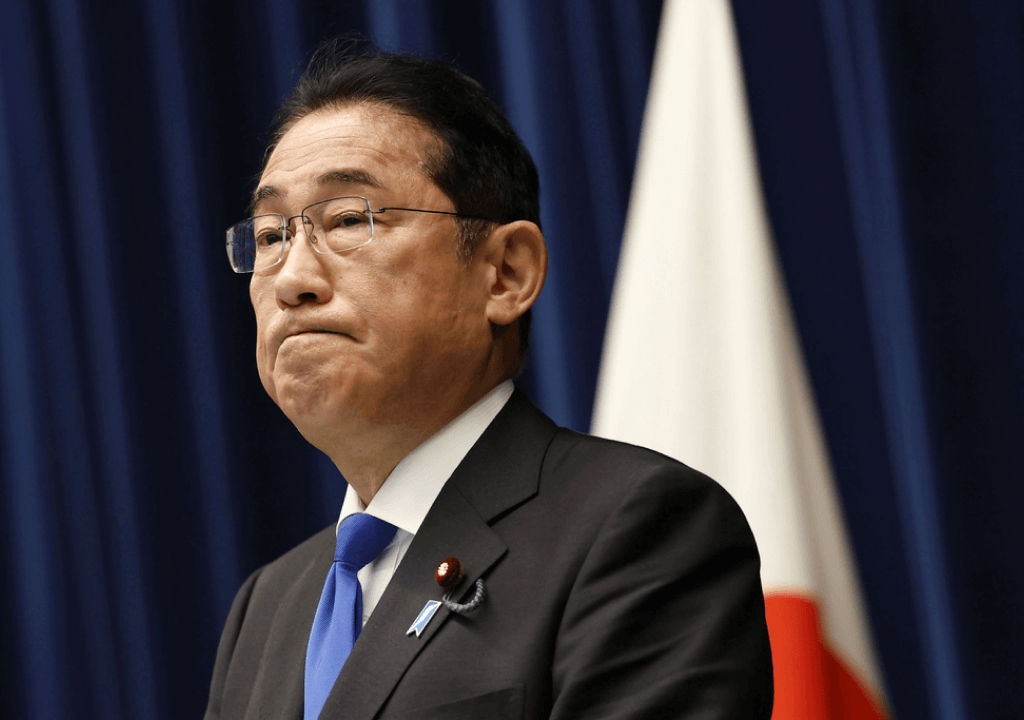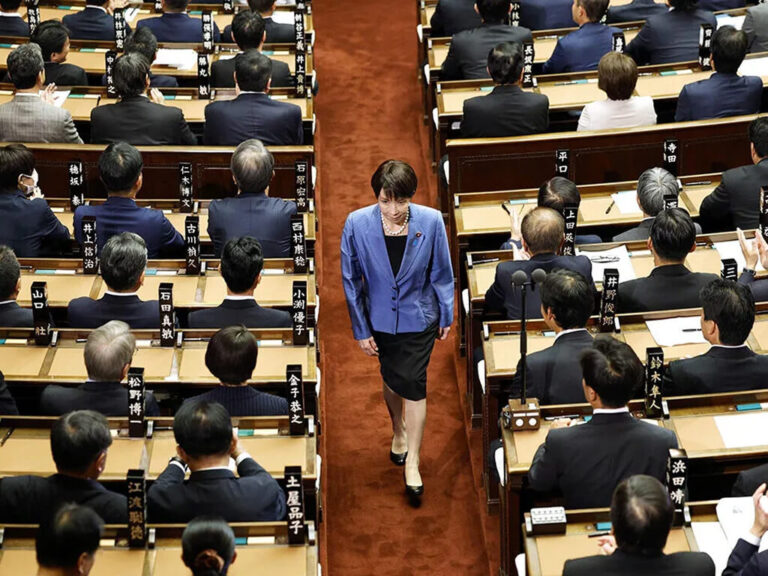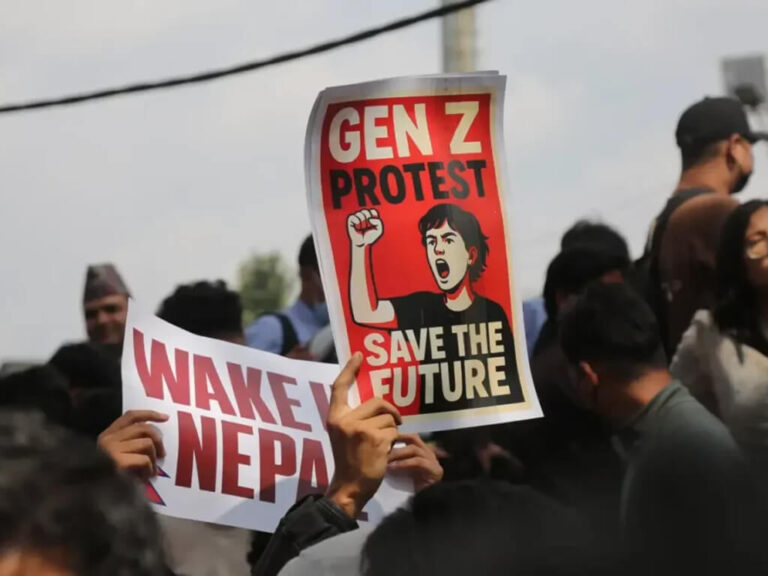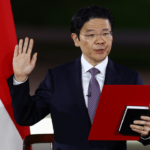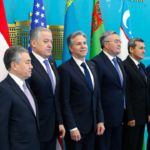Japan is poised for another prime ministerial change as Prime Minister Fumio Kishida, who took office two years ago, has decided to step down in September. With Japan’s next general election scheduled for October 31, 2025, the ruling Liberal Democratic Party (LDP) is making every effort to restore its image with the public, considering a prime ministerial change as part of this move. The current government and prime minister have a poor reputation among the public, according to polls.
Kishida, 67, made a surprise announcement on Wednesday that he would step down as LDP leader in September and would not seek re-election as president of the ruling Liberal Democratic Party (LDP) next month. His decision concludes a three-year tenure defined by scandal, escalating living costs, and unprecedented defense spending. Media reports suggest that Kishida faced pressure from within the LDP, with some members doubting his ability to lead the party to electoral victories. The party has struggled to manage rising criticism over the funding scandal, while soaring prices have left his cabinet’s support levels hovering around 25% this year, occasionally dipping below 20%.
Conservative yet named liberal, the Liberal Democratic Party (LDP) has no shortage of potential leaders. Among the likely successors are Shigeru Ishiba, a centrist and former defense secretary, and Taro Kono, the charismatic digital minister. The race for the LDP presidency may also feature female candidates, raising the possibility that Japan could have its first female prime minister. Ultra-conservative economic security minister Sanae Takaichi and former internal affairs minister Seiko Noda, both of whom ran against Kishida in the 2021 leadership race, might consider running again, though it’s unclear if either can secure the support of the 20 lawmakers needed to enter the race. Foreign minister Yoko Kamikawa is also mentioned as a potential candidate. The leader selected in next month’s party polls will become the new prime minister.
Kishida was elected president of the LDP in September 2021 for a three-year term, and went on to win a general election. Under his leadership, Japan bolstered its alliances with U.S. partners to address China’s expanding influence. However, public dissatisfaction increased due to the LDP’s links with the former Unification Church, which became evident after Abe’s assassination. Additionally, scandals involving slush funds and the yen’s decline, which contributed to inflation, further eroded trust. Kishida also faced criticism for failing to ensure that wages kept up with rising living costs as Japan moved past years of deflation.
Kishida’s successor will be Japan’s third prime minister since Shinzo Abe, the longest-serving leader in the country’s history, stepped down in September 2020. Although the new prime minister will have the advantage of a strong LDP majority in parliament, he will need to prove his capability to secure a longer term. The incoming leader will face increasing international uncertainty, including the election of a new U.S. president, and growing domestic concerns over the cost of living crisis. Opposition parties are likely to intensify their campaigns, given their current best opportunity to challenge the administration after being out of power since Abe’s first term in 2012.
Japan is in urgent need of strong leadership amid rising threats from China, shifting U.S. leadership, and a declining economy. Therefore, the LDP’s upcoming election is a crucial event for both Japan and Asia.

